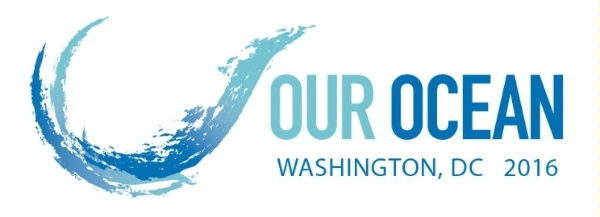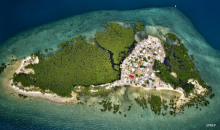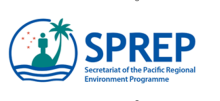
Marine Protected Areas - One Focus at the Ocean Conference in Washington DC (September 15-16, 2016)
A healthy ocean needs safe havens for fish, whales, dolphins, corals, and other treasures of the sea. Marine protected areas (MPA) provide ocean life and their habitats with refuge from human impacts and also allow depleted marine resources to recover. Many MPAs also serve as living laboratories – critical to scientific research and discoveries that benefit humankind. Effectively managed MPAs support the blue economy by helping to sustain fish stocks and bolstering tourism.
Despite these significant benefits, only three percent of the ocean is part of an MPA, and less than one percent is fully protected in a marine reserve. That’s a tiny percentage when you consider how much we depend on the ocean to support life on Earth. It provides food for billions of people, generates over half the oxygen we breathe, and even regulates our weather and climate.
The United States is committed to effectively managed MPAs as a key component of safeguarding ocean health and sustainability. MPAs cover about 32 % of U.S. marine waters (3,930,000 square kilometers). This includes 395,000 sq km of fully protected no-take reserves – about 3 % of U.S. waters. We strongly support and encourage efforts by other nations around the world to develop and implement science-based and effectively managed MPAs.
At the inaugural 2014 Our Ocean conference, President Obama announced our intent to expand the Pacific Remote Islands Marine National Monument. This expansion – to over 1.2 million sq km, or about three times the size of California – was finalized September 26, 2014, creating the world’s largest MPA that is off limits to commercial extractive uses, including commercial fishing.
In total, governments attending the 2014 and 2015 Our Ocean conferences announced new commitments to protect nearly 6 million square kilometers of the ocean – an area more than twice the size of India. NGOs and philanthropies attending the conferences also announced significant commitments to help establish and implement these and other MPAs.
The world has agreed to a target of conserving at least 10 percent of coastal and marine areas, including through effectively managed protected areas, by 2020. Through the Our Ocean conferences, we seek to help achieve and even surpass this goal.









